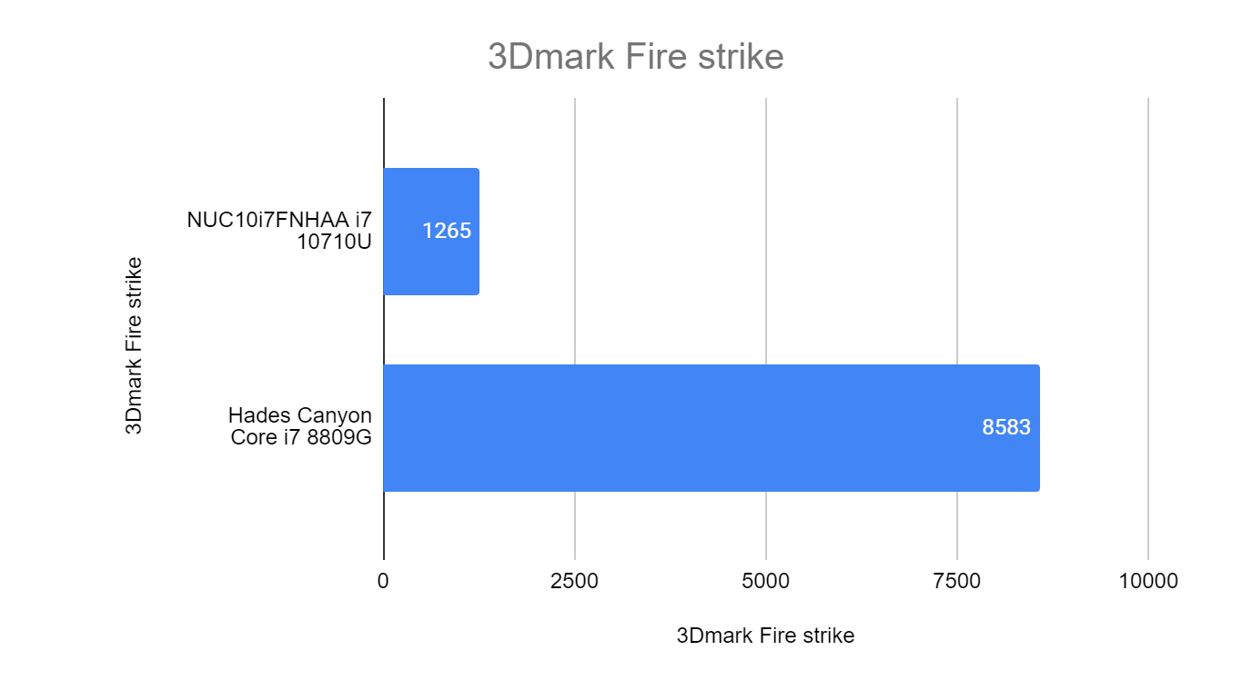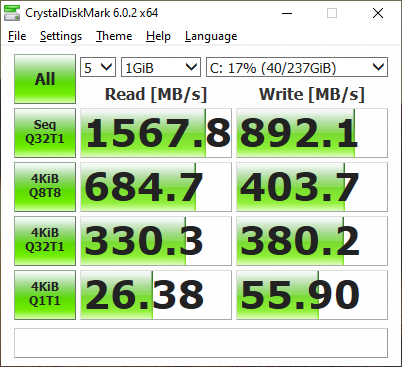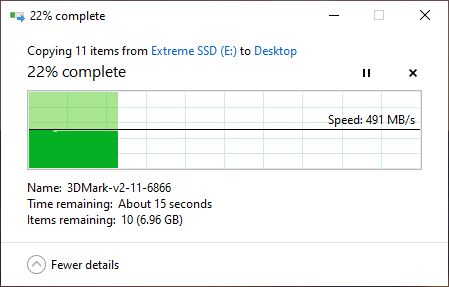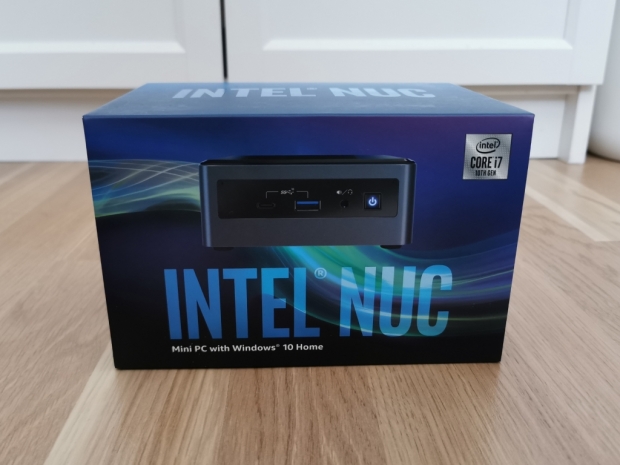Index
Testing the performance across the board
Running 20 tabs in Chrome, Edge, or Firefox works like a charm. The machine is extremely powerful for such a small form factor.
I dusted off an old Shuttle SZ170 with the first generation Skylake 6700K and ran Geekbench 5. I wanted to see how a four and a half year-old quad-core with 91W TDP compares to six core 25W TDP.
Results were impressive as the six core Comet Lake-based Core i7 10710U with up to 4.7 GHz speed scores 1166 in single-core and 5756 in the multi-core test. The old Skylake scored 1019 in single and 4187 in the multi-core test.
Kaby Lake G based NUC with Intel Core i7-8809G Processor powered by Radeon RX Vega M GH graphics scores 1129 in single and 4479 in the multi-core test. The reason behind the lower score is mostly four physical cores versus six with Core i7 10710U.
Hades Canyon is still a respectable machine, but it is larger than the Frost Canyon NUC, and it packs 100W TDP CPU with external GPU connected via EMIB on the same package. Frost Canyon NUC has 25W TDP for both CPU and integrated GPU.
3Dmark
3Dmark Fire strike on NUC10i7FNHAA scored 1311 and 497 in Time Spy. Hades Canyon scored much higher 8583 and 3100 due to its Vega integrated notebook class GPU. Have in mind that we have tested 25W Gen 10 CPU versus 100W 8809G Gen 8 Kaby Lake G with Vega graphics. The Frost Canyon NUC NUC10i7FNHAA is excellent for creativity and office for everything but won't match a machine with discrete notebook class graphics and 100W TDP.

Fortnite or World of tanks runs just fine on the machine, but it would not be the fastest kid in the block. One of the limitations of Intel's NUC Frost Canyon is high-end gaming, but at this price, and this compact form factor, you cannot get everything.
PC Mark 10 total score was 4319 essentials score at 8656, productivity at 6732, and digital content creation score settled at 3752.
Cinebench R20 scored 2266 points while we had Hades Canyon scoring 2050. The difference between the smaller and newer NUC Frost Canyon machine is mainly due to the higher number of cores, and at the same time, Comet Lake cores run up to 4.7GHz.
It was interesting to see that the hard drive performance dramatically increased from the Hades Canyon to the Frost Canyon based system. We know that they are not direct competitors, but the 256GB SSD from Kingston was fast enough to score 1567.8 MB/s read, and 892.1 MB/s write in Crystaldisk Seq Q32T1. The score is not excellent, but it is dramatically better writes compared to 621.5 MB/s write and 1514.5 MB/s read on a bit older Optane 800 based drive. These were both preconfigured machines that were selling as it to the end customers. Of course, if you want higher performance drives, there are plenty of faster M.2 SSD options.
The Seagate hard drive scored some 120 MB/s, which is OK for a storage unit, but if you want faster speeds, you must reach for M2 based drives that can easily score 10X of the mechanical. At the same time, M2 drives in 1TB are about three times more expensive than the Seagate 2.5 inch drive.
The temperature usually ranged between 40 (104 F )to 47 Celsius (116 F), and some of the CPU stressing benchmarks got the temperatures up to 80 Celsius (176 F). Cinebench R20 is a great example where we saw the NUC getting to 80 Celsius (176 F) during heavy scene rendering. Still, at the same time, the NUC got the temperature below 47 Celsius (116 F) after the benchmark was finished in a matter of seconds.
One of the last things we tried was to copy a folder that packed 9GB of installation files. We used SanDisk Extreme SSD that was limited to 550MB/s, and we saw stable 500MB/s speeds out of the USB 3.1 based drive connected to a Type-C.




